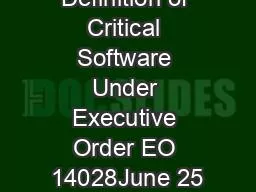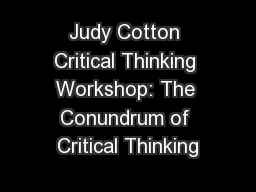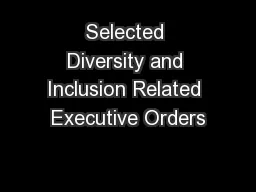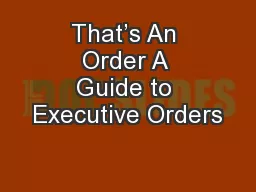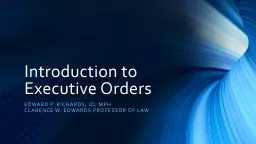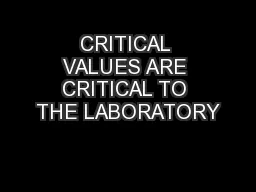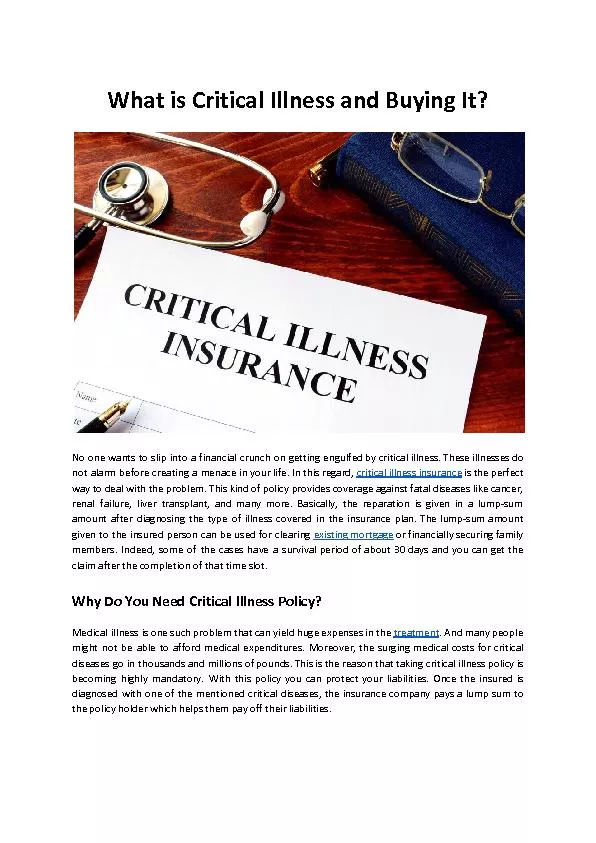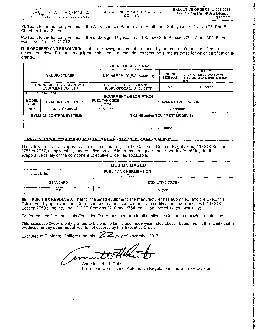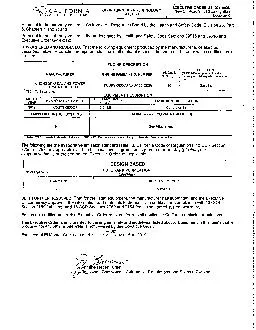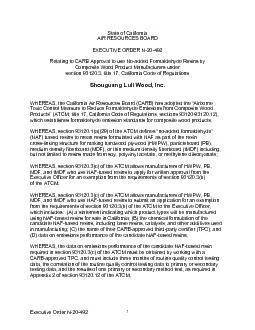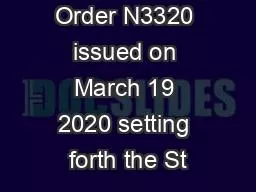PDF-Definition of Critical Software Under Executive Order EO 14028June 25
Author : taylor | Published Date : 2021-10-01
12recommended to be included the initial phaseof implementation The paper concludes with frequently asked questions FAQs CISA will provide the final set of software
Presentation Embed Code
Download Presentation
Download Presentation The PPT/PDF document "Definition of Critical Software Under Ex..." is the property of its rightful owner. Permission is granted to download and print the materials on this website for personal, non-commercial use only, and to display it on your personal computer provided you do not modify the materials and that you retain all copyright notices contained in the materials. By downloading content from our website, you accept the terms of this agreement.
Definition of Critical Software Under Executive Order EO 14028June 25: Transcript
Download Rules Of Document
"Definition of Critical Software Under Executive Order EO 14028June 25"The content belongs to its owner. You may download and print it for personal use, without modification, and keep all copyright notices. By downloading, you agree to these terms.
Related Documents

